Principles of Design
The principles of design describe the ways that artists use the elements of art in a work of art.
Balance
Balance is the distribution of the visual weight of objects, colors, texture, and space. If the design was a scale, these elements should be balanced to make a design feel stable. 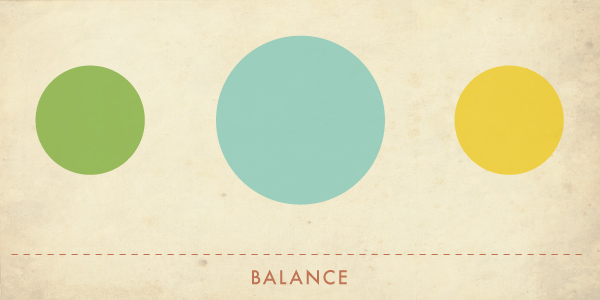
In symmetrical balance, the elements used on one side of the design are similar to those on the other side;
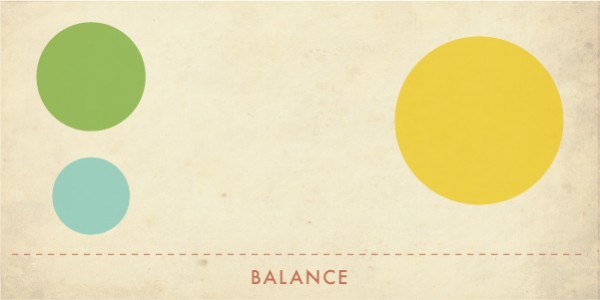
In asymmetrical balance, the sides are different but still look balanced.
In radial balance, the elements are arranged around a central point and may be similar.
Emphasis
Emphasis is the part of the design that catches the viewer’s attention. Usually the artist will make one area stand out by contrasting it with other areas. The area could be different in size, color, texture, shape, etc.
Movement
Movement is the path the viewer’s eye takes through the work of art, often to focal areas. Such movement can be directed along lines, edges, shape, and color within the work of art.
Pattern
Pattern is the repeating of an object or symbol all over the work of art.
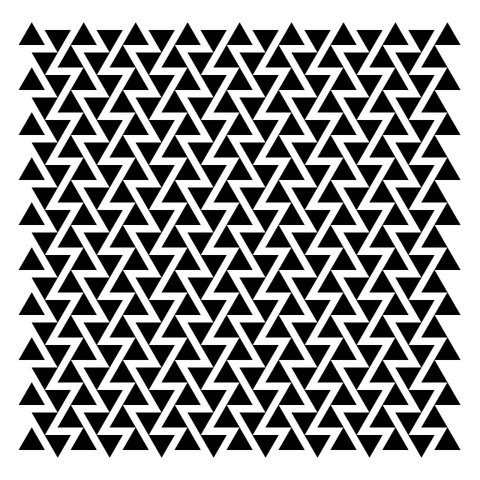
Repetition
Repetition works with pattern to make the work of art seem active. The repetition of elements of design creates unity within the work of art.
Proportion
Proportion is the feeling of unity created when all parts (sizes, amounts, or number) relate well with each other. When drawing the human figure, proportion can refer to the size of the head compared to the rest of the body.
Rhythm
Rhythm is created when one or more elements of design are used repeatedly to create a feeling of organized movement. Rhythm creates a mood like music or dancing. To keep rhythm exciting and active, variety is essential.
Variety
Variety is the use of several elements of design to hold the viewer’s attention and to guide the viewer’s eye through and around the work of art.
Unity
Unity is the feeling of harmony between all parts of the work of art, which creates a sense of completeness.
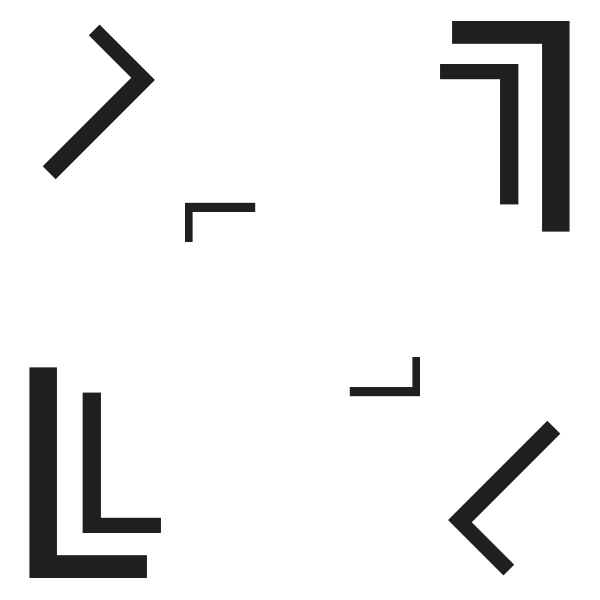
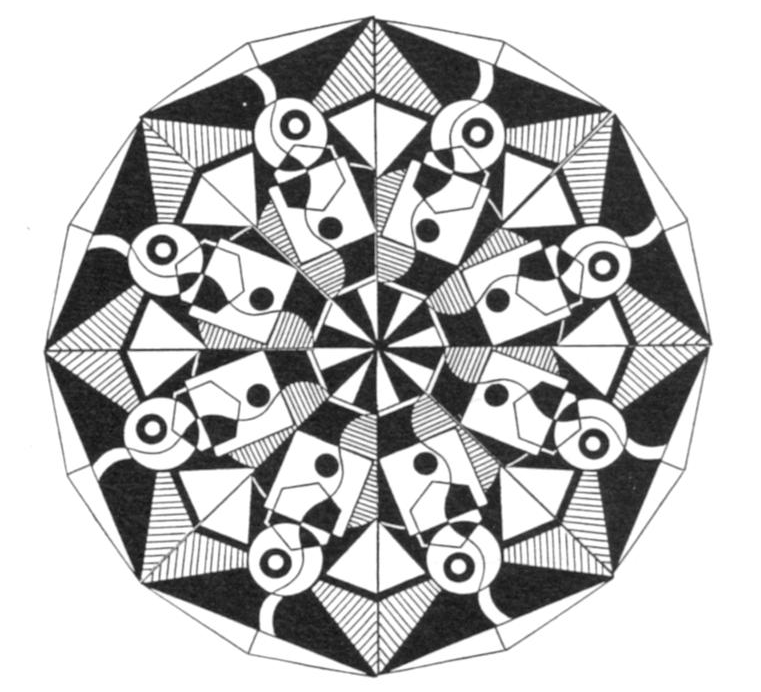
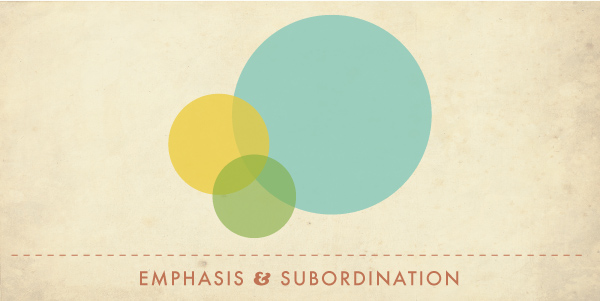
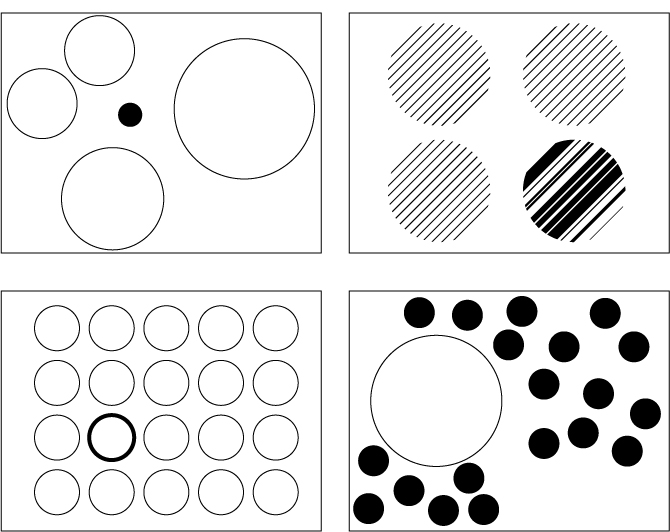
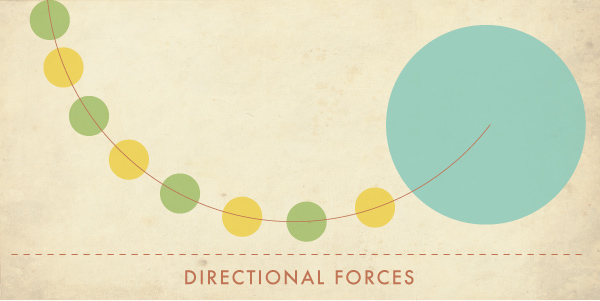
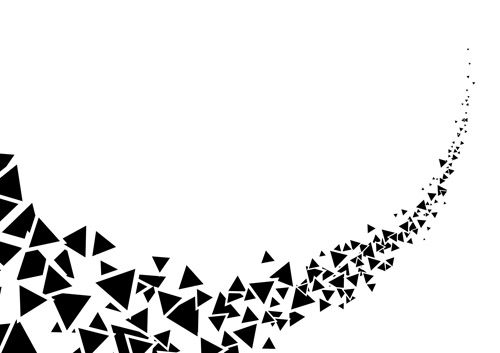
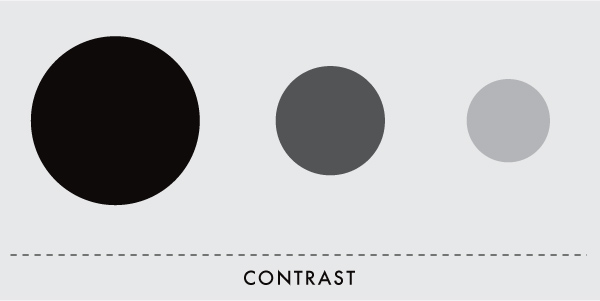

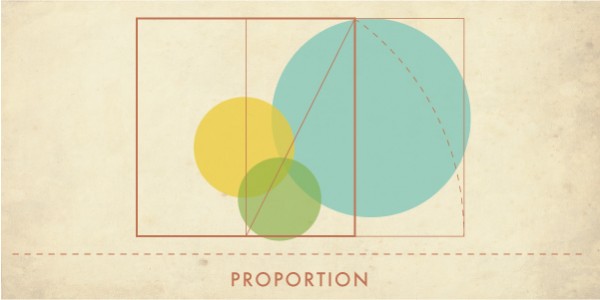
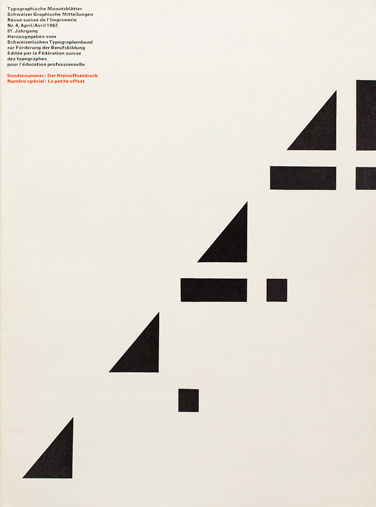
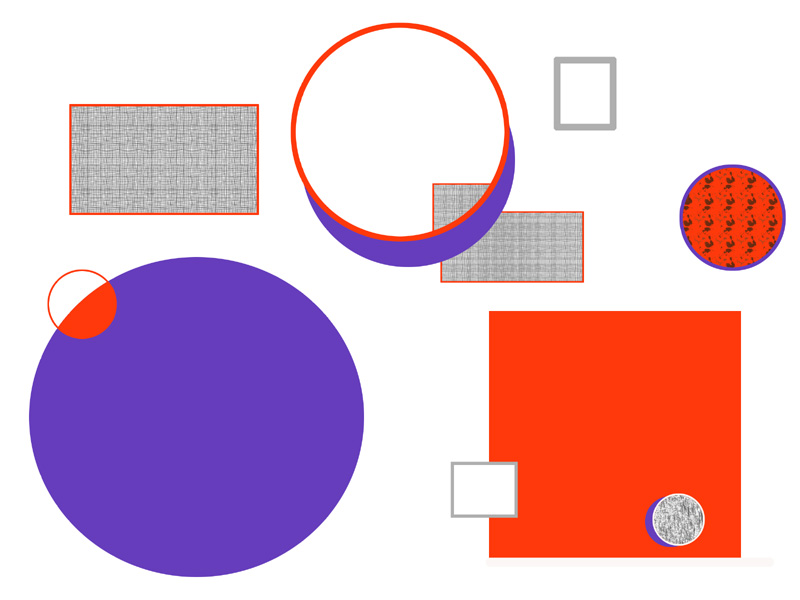
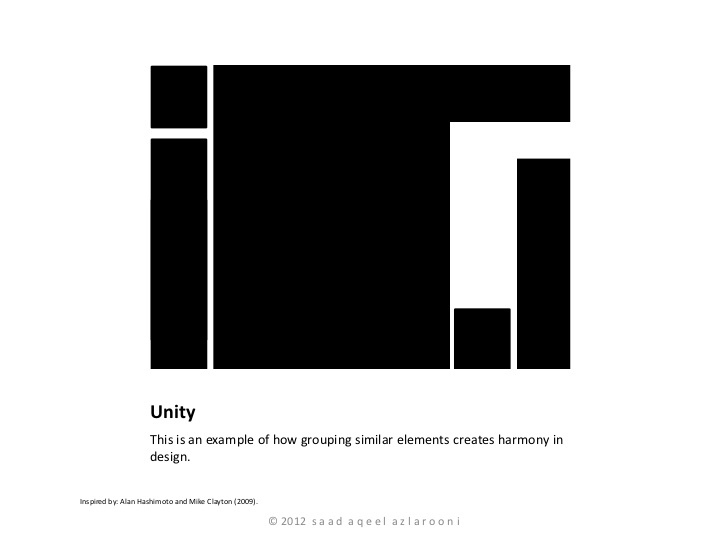

Recent Comments